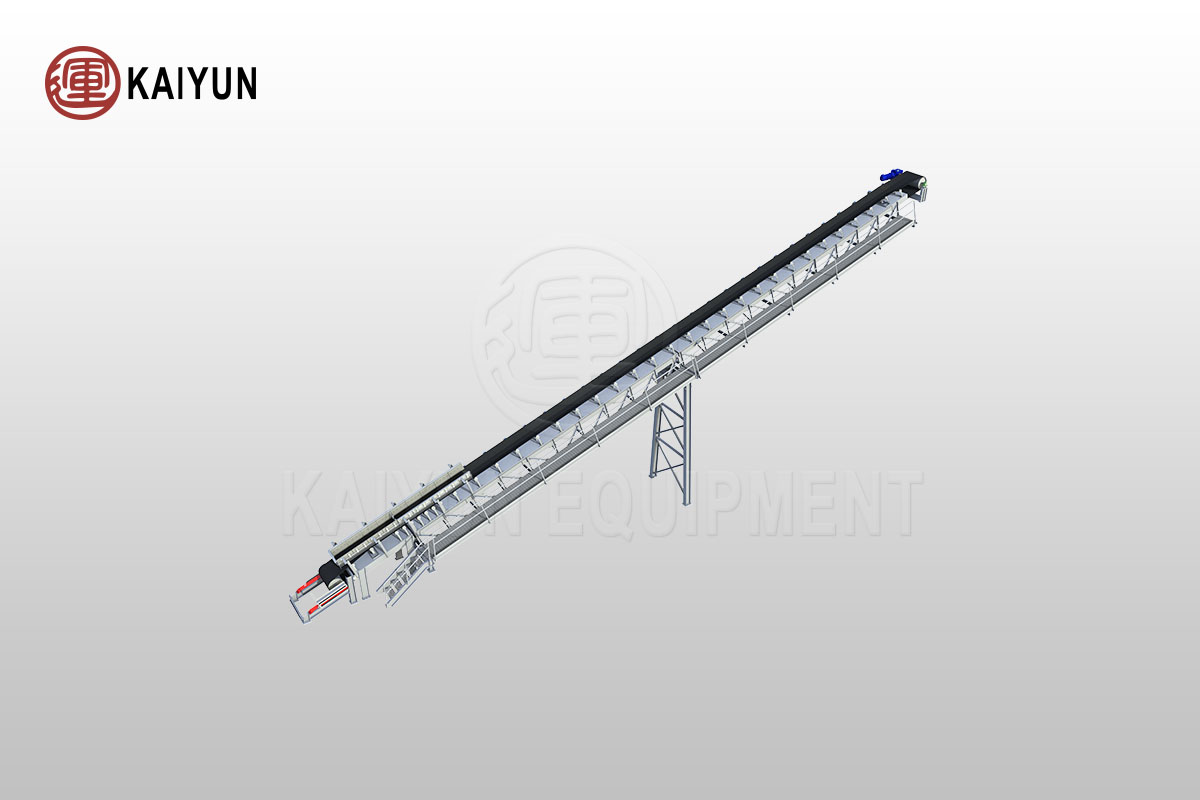Product Description
The belt conveyor, also known as the belt machine, is an indispensable logistics conveying device in modern industrial production. It plays a crucial role in connecting various production equipment and ensuring continuity and automation in production processes.
With its outstanding conveying capacity, wide applicability, simple maintenance structure, and cost-effectiveness, the belt conveyor has become the preferred solution for transporting bulk materials or finished items in various fields such as metallurgy, transportation, and hydropower. It significantly enhances production efficiency and automation levels.
Table of Contents

Product Advantages
High Capacity Conveying, Broad Application
The belt conveyor boasts a powerful conveying capacity, suitable for transporting various bulk materials or finished items, meeting the diverse needs of different industries.
Standardized Production, Simple Structure
Utilizing standardized components, the conveyor features a clear and straightforward structure, facilitating installation and maintenance, and effectively reducing both acquisition and operational costs.
Stable and Anti-Slip, Safe and Reliable
Equipped with anti-slip features, the conveyor ensures material stability during transport, enhancing the safety and reliability of equipment operation.
Versatile Design, Flexible Application
Available in multiple models, the conveyor can be tailored to specific operating conditions, accommodating different production environments and material characteristics.
Working Principle
The belt conveyor’s core components include the frame, conveyor belt, pulleys, tensioning device, and drive system. The frame, constructed from steel plates, creates a certain incline angle through the height difference between the front and rear supports, enabling the material to be conveyed either upwards or downwards along the slope. The frame is equipped with pulleys and idlers to support the conveyor belt and ensure its smooth operation. The drive system is responsible for driving the belt, with common driving methods including reduction motor drives and electric drum drives.
The belt conveyor operates on the principle of friction transmission. The frictional force between the belt and the drive system facilitates the continuous transport of materials. Depending on production needs, the belt conveyor can function independently or in combination with other conveyor equipment, forming horizontal or inclined conveyor systems to suit various production line layouts, ensuring efficient material flow throughout the production process.
Technical parameters
| Model | Band width (mm) | Angle (°) | Belt speed(m/s) | Conveying capacity(t/h) | Power (L≤30m)(kw) |
| KYB500 | 500 | 0-17 | 1.0-2.0 | 100-200 | 4-7.5 |
| KYB650 | 650 | 0-17 | 1.0-2.0 | 190 380 | 4-11 |
| KYB800 | 800 | 0-17 | 1.0-2.0 | 300-600 | 5.5-18.5 |
| KYB1000 | 1000 | 0-17 | 1.0-2.0 | 490-900 | 7.5-22 |
| KYB1200 | 1200 | 0-17 | 1.0-2.0 | 730-1400 | 11-30 |